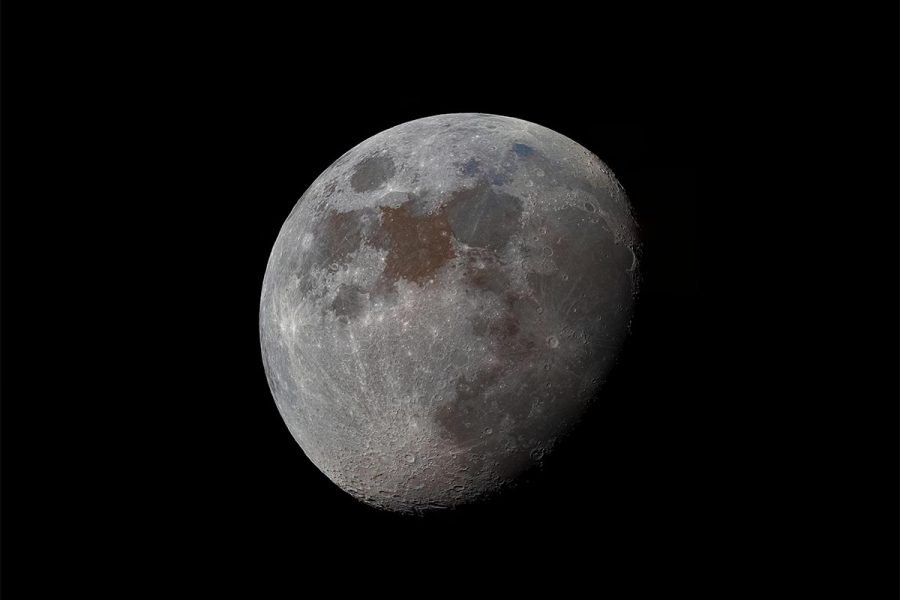The White House has requested that NASA create a new time zone for the Moon by the end of 2026, as part of a broader goal by the United States to establish international norms in space.
The initiative to set up a lunar time zone comes amid increasing global interest in a long-term presence on the Moon in the coming years—a key priority of NASA’s Artemis programme.
The new lunar standard, named “Coordinated Lunar Time (LTC),” is part of a wider effort to establish time standards on and around celestial bodies other than Earth, according to a White House memorandum.

However, it was not immediately clear whether the Moon would have multiple time zones, as Earth does.
“The US leadership in defining a suitable standard—one that achieves the accuracy and resilience needed for operations in the challenging lunar environment—will benefit all nations venturing into space,” the memorandum stated.
Since gravity on the Moon is lower than on Earth, time there moves slightly faster—58.7 microseconds faster each day. Although minor, this difference could complicate communication among an increasing number of future missions and the precise tracking of satellite and crew positions by mission control.
On Earth, time is measured by numerous atomic clocks located at various sites around our planet. A similar set of atomic clocks on the Moon itself could be used to measure lunar time.